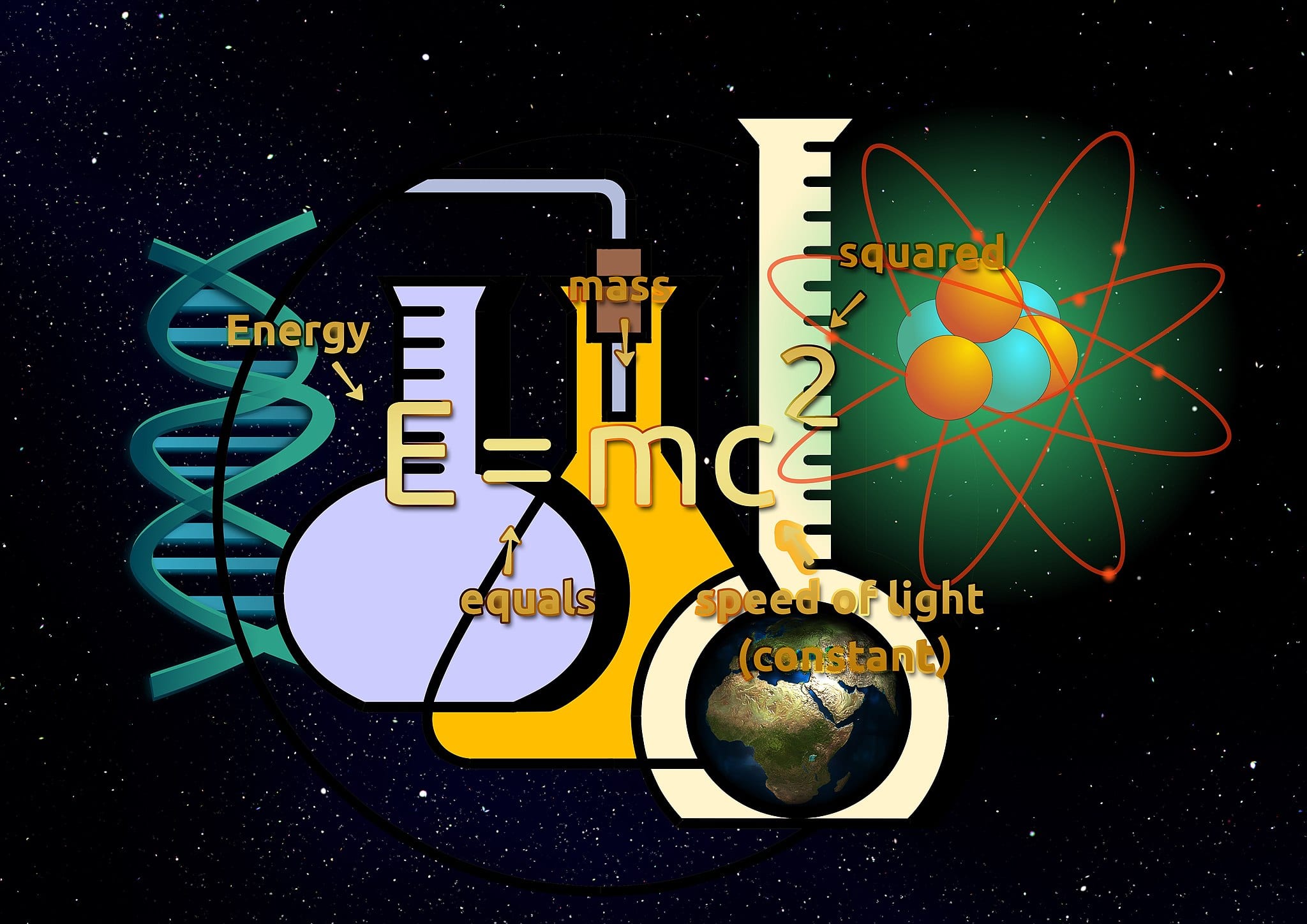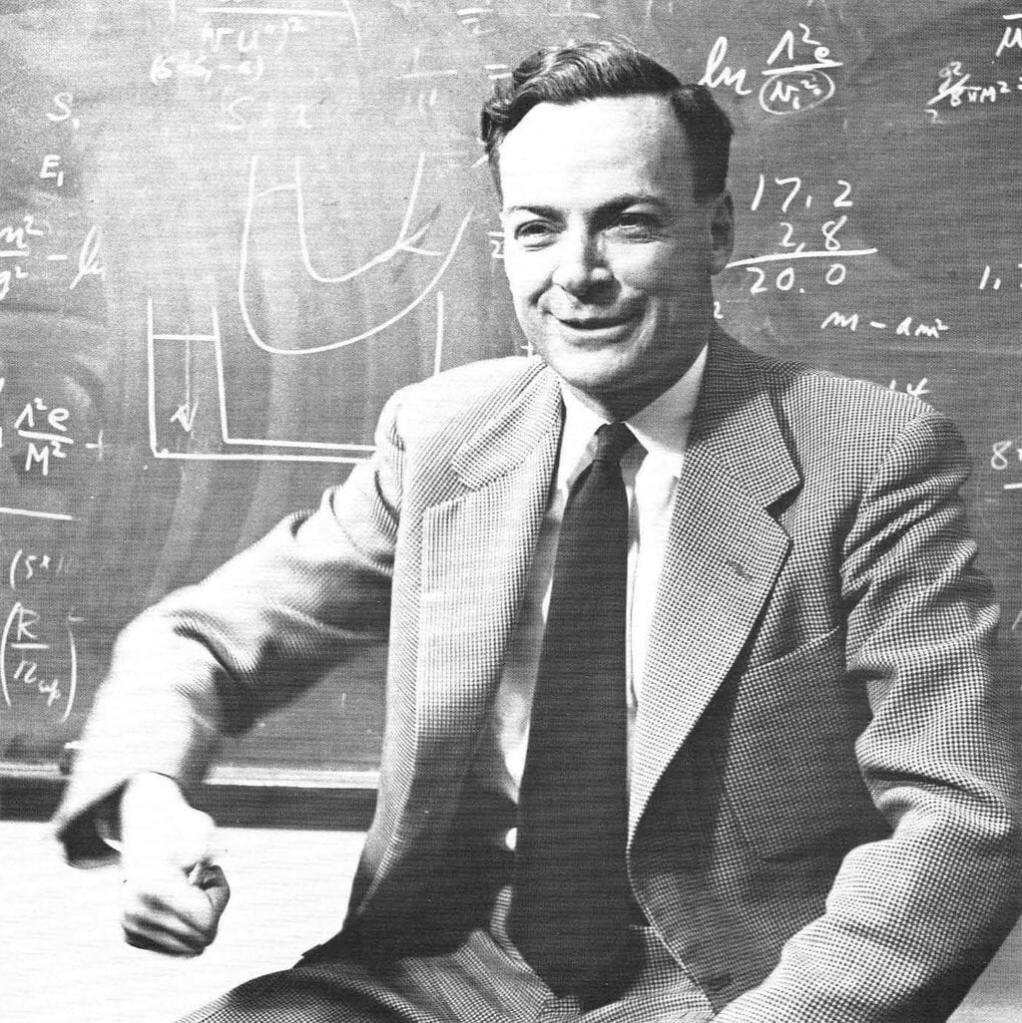Need a crash course in a topic? Explain it to someone else in simple terms. Then, you’ll be able to see the holes in your own knowledge.
It’s called the Feynman Technique. Nobel-prize winning physicist Richard Feynman created the model. He was best known for his ability to take complex subjects, such as quantum physics, and break it down for anyone to understand.

Photo Credit: Wikimedia
Biographer James Gleick explains Feynman’s model, as he applied it to the final exams he took while attending Princeton University, in his book, Genius: The Life and Science of Richard Feynman.
He opened a fresh notebook. On the title page, he wrote: NOTEBOOK OF THINGS I DON’T KNOW ABOUT. For the first but not last time he reorganized his knowledge. He worked for weeks at disassembling each branch of physics, oiling the parts, and putting them back together, looking all the while for the raw edges and inconsistencies. He tried to find the essential kernels of each subject.
That was the first step.

Photo Credit: Wikimedia
Here are all four.
- Select a topic you want to master and begin your study. Write down everything you know about it on a page in a notebook. As you gather knowledge, add to your page.
- Teach your topic to an imaginary classroom using simple terms.
- Note where your knowledge fails and get back to studying until you can fill in the gaps.
- Use simple language and analogies to explain your topic and repeat the other steps until you fully understand your topic.
Put the Feynman technique to work the next time you need to take a test, take on a new task or remembering how to do an old task.
This technique really works. Think of all the possibilities now open to you.
Quantum physics, anyone?

